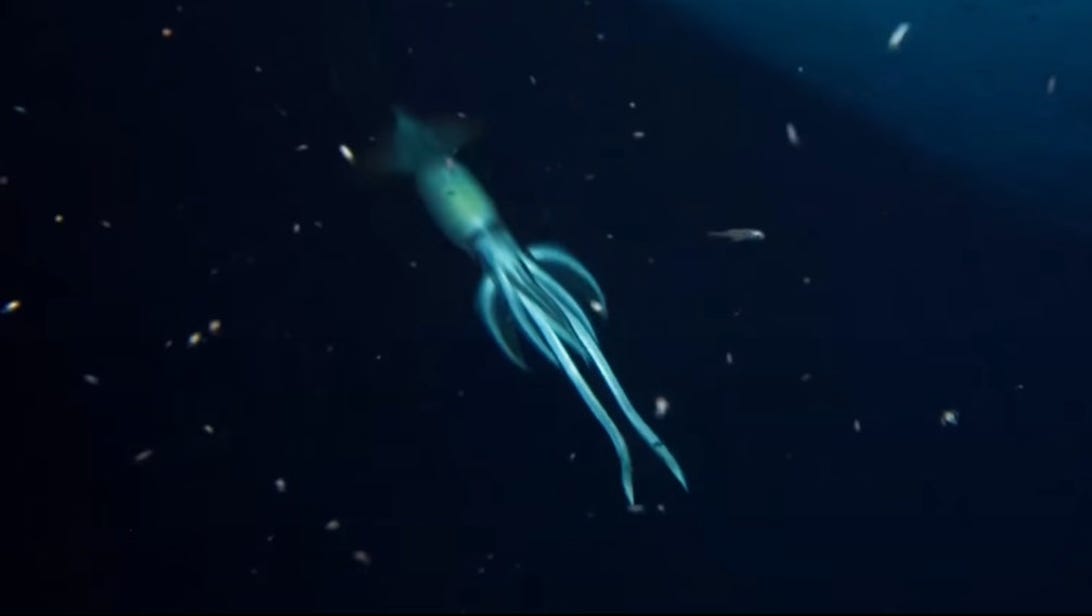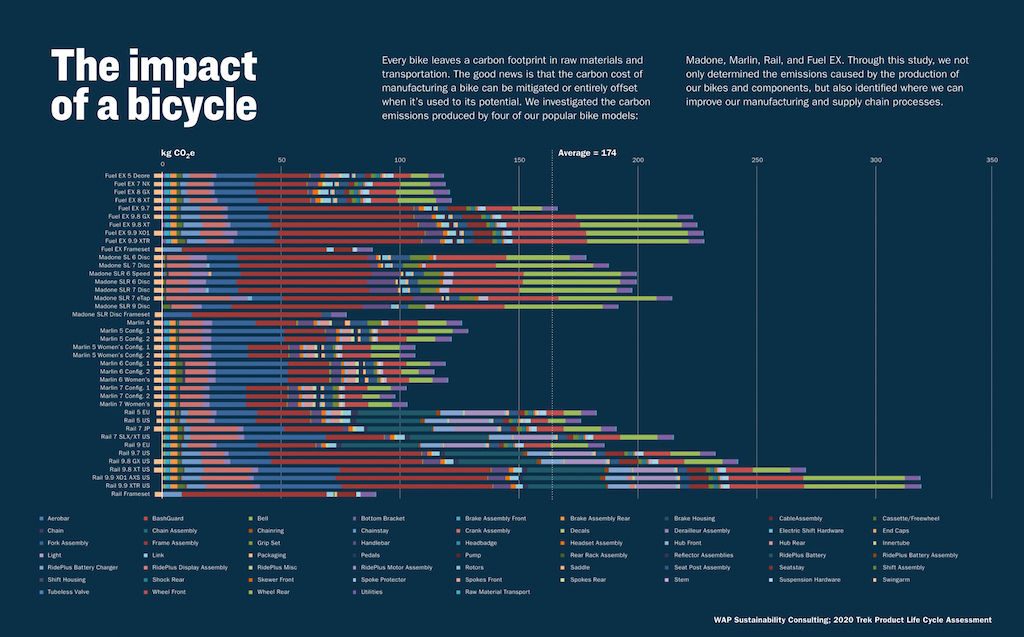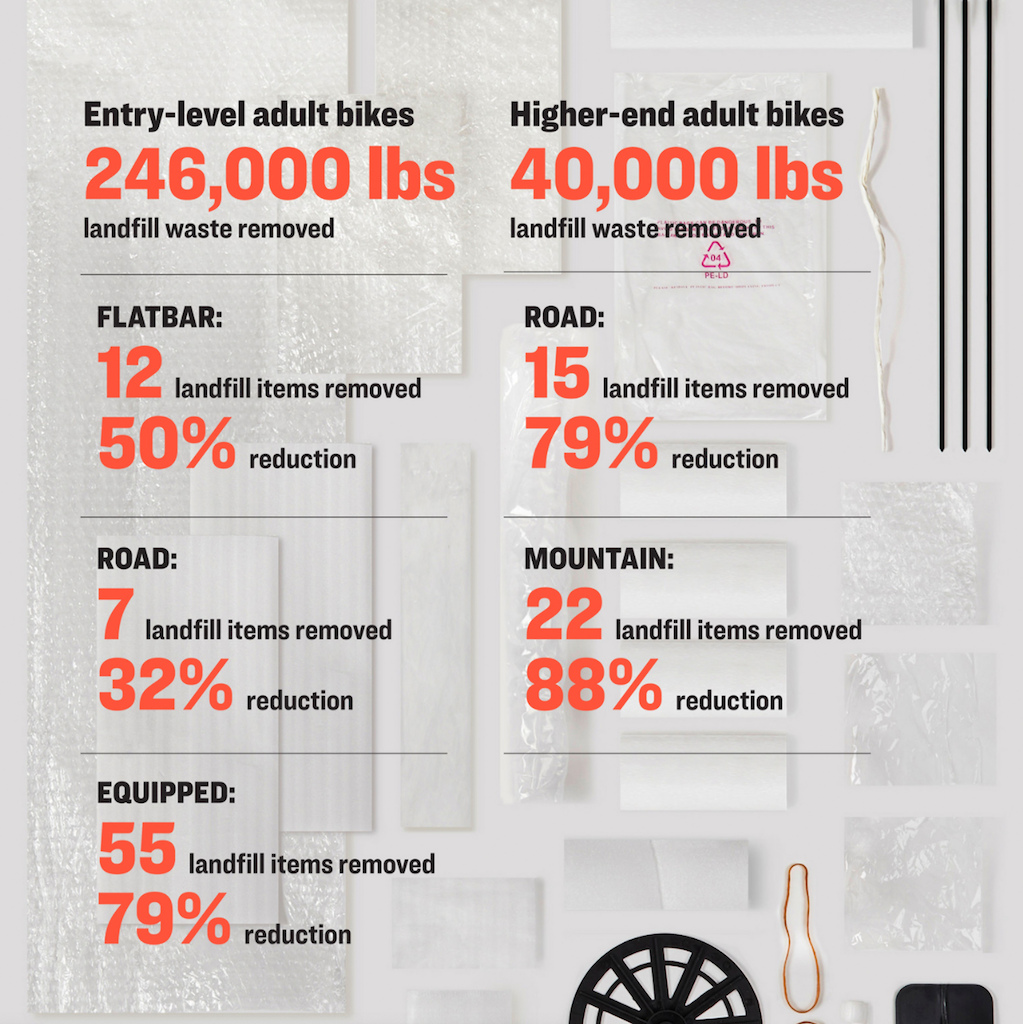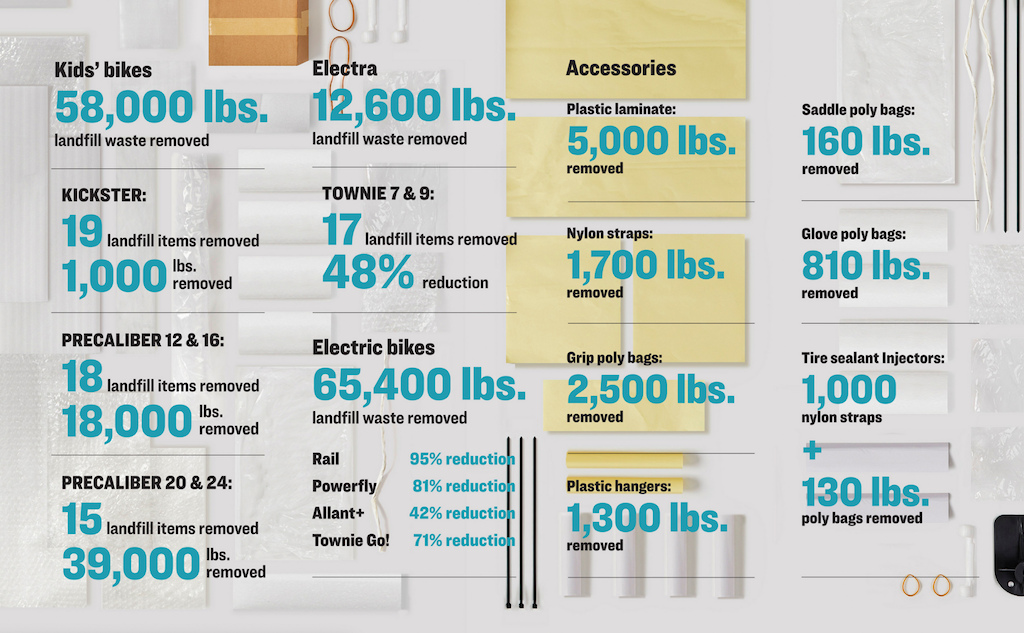Diplomats in Cuba fell ill. Some suspected a secret weapon. Five years later, a more benign explanation remains

Jonathan Jarry M.Sc. |
Health and Nutrition
The story of Havana syndrome has acquired mythical qualities in its telling. In late 2016 and early 2017, members of the American embassy in Havana, Cuba, started to report debilitating symptoms and strange occurrences. An incapacitating sound, often coming from a single direction, was heard by some but not others, waking them up in the middle of the night. A sensation of intense pressure was felt in the ear. Vertigo and nausea were some of the early symptoms. Then came the difficulty concentrating, the memory problems, the sleep disturbances in some of the victims. Members of the Canadian embassy were eventually also struck by what was being called an “attack.” Secret sonic weapons and microwave beams were suspected and the story quickly morphed into a devilish espionage novel, with accusations levelled at Cuba, Russia, even China.
Like in a James Bond movie, one country was not enough: soon, similar symptoms began to be reported in Australia, China, Austria, even a suburb of Washington, D.C., and the park south of the White House. U.S. vice-president Kamala Harris’ trip to Vietnam was delayed earlier this year because of an “anomalous health incident” reported there that was strikingly similar to Havana syndrome. A superficial reading of nearly five years of media coverage of these globe-trotting incidents would have you believe an undetected secret weapon has been deployed all over the world and nobody quite knows what it is.
There are many layers to peel back when it comes to the reporting done on Havana syndrome and our first stop should be the name. Naming diseases and syndromes after places, whether in earnest or as a back-handed jibe, poisons the geographic well in people’s minds. The “Wuhan flu,” the “Indian variant of the coronavirus,” even the “Spanish flu” (which had nothing to do with Spain), these names can feed discrimination by demonizing a place and its peoples. But with Havana, unfortunately, I’m not aware of any geographically neutral name. Reports speak of “symptom clusters,” of “unexplained events,” of “anomalous health incidents,” none of which constitute unique nomenclature. So “Havana syndrome” it is for now.
When this ailment resisted easy answers, more and more eccentric explanations began to be considered. Some of them border on science fiction.
The man with the sonic gun
When the spectre of spies is raised, poisons come to mind. Could the diplomats affected by this Havana syndrome have had their food or water spiked or the air they breathe poisoned? Specifically, a study funded by the Canadian government zeroed in on neurotoxins from pesticides used in Cuba to combat the spread of Zika. The hiccup is that many of the people who lived with the victims and around them showed no symptoms. How could pesticides selectively affect dozens of American and Canadian diplomats but no Cubans, nor any non-diplomats working at those embassies? Or are we to believe that the widespread use of these pesticides did cause symptoms in many Cubans but that nobody has come forward, despite the Havana syndrome story making international news for years? Moreover, a report by the National Academies of Sciences states that the incident was not consistent with acute poisoning by the type of insecticide used in Havana, though it could not rule out chronic exposure as a contributing factor.
If poisons cannot give us solace in cracking this case, the alternatives move us from the quaint territory of Agatha Christie to the realm of speculative fiction. Because the perception of a sudden, loud sound and of pressure against the ear had been reported by many of the affected people, the idea of a covert sonic weapon was considered. Could this device emit infrasounds, meaning sound waves below the threshold of what we can hear (typically below 20 Hz)? Research into so-called sonic cannons has indeed been done, but it seems that their operators are as much at risk from their ill effects as the intended targets, and these effects are often more annoying than truly harmful. I’d be remiss if I didn’t mention the mythological “brown note,” a specific infrasound that is thought to trigger instant defecation. When the Mythbusters team was given license to test this claim using massive subwoofers specifically modified to play this note with enough vigour, the dreaded discharge did not take place. Even when projected at a deafening 128 decibels (in the range of a rock concert), the sound could not live up to its myth.
At the other end of the spectrum, above our hearing threshold of 20,000 Hz, we find another potential culprit: ultrasounds. Could the sound waves typically used to see a fetus during pregnancy be weaponized and cause, as has been suggested, damaging acoustic bubbles in the inner ear and brain? The problem is that ultrasounds need close contact to propagate well, hence the use of gel for pregnancy ultrasounds. Over long distances, sound gets weak. It can be easily blocked by walls. To focus a damaging beam of ultrasounds at someone inside a house, an attacker would likely need a gargantuan speaker with massive energy needs. That’s hard to square with the idea of a weapon that is both mobile and undetectable.
If the attack was unlikely to come from a sound wave, maybe it came from a light wave, specifically a microwave. Microwaves are lower in frequency than visible light and infrared, but above radio waves on the light spectrum. The U.S. military has conducted research into high-powered microwave weapons, but a 2012 feature article in the journal Nature summarized those fifty years of research as “wasted energy,” citing unreliability and the need for imposing pulse generators. When Cheryl Rofer debunked the microwave theory for Foreign Policy, she imagined a mobile microwave weapon outside a diplomat’s house and calculated that to power a simple microwave oven on the go, you would need a 2,200-watt gasoline-powered generator weighing around 50 pounds. To weaponize the beam, you might need another ten pounds or, alternatively, about 200 laptop computer batteries. Portability, if such a weapon even exists, becomes a real issue. Moreover, microwave weapons were often meant to attack equipment, not people, and no screwed-up electronics were reported in the vicinity of the victims of the Havana syndrome. Yet a strange phenomenon tied to microwaves has piqued the attention of investigators.
For your ears only
It’s called the Frey effect. In 1962, Allan H. Frey published a paper in which he described a situation in which microwaves, which are not sound waves, were heard by humans. His participants could hear these waves as coming from within or right behind their own head. The sound was described as being a buzz, clicking, hiss, or knocking. Ergo, Havana syndrome victims might have been zapped by a secret microwave weapon and the strange sound they heard was the buzzing noise of the Frey effect. But as Professor Kenneth Foster, who has studied the Frey effect, told The New York Times, “the sound would be so soft that near silence would be needed for a person to detect it.” With the hubbub of Cuba and the everyday noises of modern life, you’d have to crank up the power and end up frying the person’s skin in the process. The Frey effect as an explanation for Havana syndrome beggars belief. “You might as well say little green men from Mars were throwing darts of energy,” Foster concluded.
It may be hard to reconcile the improbability of a complex weapon or a simple poison with a State Department spokesperson declaring that “we have never seen this anyplace in the world before.” How could this syndrome be so new and unique and not have a new and unique cause? By appraising the papers published by the doctors who examined the people affected by Havana syndrome, some experts started to see differences between what had been claimed and what had been documented.
From crickets with love
Embassy staff and family members were seen by an ear, nose, and throat specialist at the University of Miami, who saw signs of an “immaculate concussion:” it looked like 16 people had signs of a concussion or a mild traumatic brain injury but without the actual head injury. These 16 individuals were then sent to a brain injury centre at the University of Pennsylvania, along with eight additional cases that subsequently came forward. The paper that reported on their findings, published in JAMA, speaks to “injury to widespread brain networks.” All of this sounds both alarming and mysterious.
When a medical sociologist and a neurologist looked into this, however, the case for an unsolvable puzzle started to weaken. The JAMA paper assumes exposure to an “unknown energy source,” which was never demonstrated. So much for evidence. The injury to brain networks was actually only seen in three individuals; most had normal findings. The white matter changes seen in those three are apparently common in conditions like depression, migraine, and even aging. The threshold the authors used to declare an impairment was, according to the editor of the journal Cortex, “unheard of in clinical practice or research,” leading to just about anybody qualifying as such. As for the University of Miami findings, there was little overlap in symptoms from one diplomat to another, and their asymptomatic housemates, who presumably had been exposed to the same agent, were bizarrely not tested as a control group. Reports had also emerged of some diplomats losing their hearing because of this incident, but it turned out that only two had experienced hearing impairment, which predated their deployment to Cuba.
And that mysterious sound thought to be the Frey effect? Some diplomats managed to record it from inside their house (proving that, at least in those instances, the sound existed outside of their head), and scientists identified the loud noise as the song of lovelorn Indies short-tailed crickets. These crickets are known to experts to make quite the racket: you can hear them, one of them told The New York Times, “from inside a diesel truck going 40 miles an hour on the highway.” No wonder diplomats were stirred from their sleep and shaken by the loudness of this foreign sound, especially given the inherent stress of the situation they were in. Because the state of affairs they found themselves in was no picnic.
U.S.-Cuba relations have danced on a hair-trigger for decades. Bizarre assassination schemes were plotted, attempted, and abandoned by American agents to push Cuban president Fidel Castro out of the picture. These plans would hardly be believed if we saw them used in a movie, and some may have been fictional, intentionally leaked to distract from real machinations. One involved a poisoned cigar to create LSD-like symptoms so that Castro would make a spectacle of himself during a public speech. Another bet on his love of scuba diving to lead him to an exploding seashell. Meanwhile, a truly outlandish plan involved submarines firing projectiles designed for illumination to serve as a portent—perhaps the Second Coming of Jesus Christ—for the fall of the Communist regime, feeding into Cubans’ religious beliefs.
The Cuban intelligence community was also busy. They were harassing American diplomats by disrupting their sleep and deflating their tires. They would enter the diplomats’ homes, rearrange furniture, leave cigarette butts in ashtrays, and dump feces and urine on the floor. Family pets were poisoned. The psychological and physical stress of working at the U.S. embassy in Cuba was highlighted by a former official who worked there: “Cuba is considered a high-threat, high-stress post,” he told ProPublica. Diplomats are briefed: “Assume they are always watching.” The anticipation of a threat is constant, and these diplomats are part of a tight community with an active rumour mill. The U.S. embassy in Cuba had reopened in July 2015 as part of Obama’s rapprochement with the country. When Havana syndrome first manifested itself, Castro had just died and Trump had been elected. The pressure cooker was ready to burst. If something strange were to happen to one U.S. diplomat in Cuba, it could easily lead to a cascade of similar events.
And that is where we arrive at a plausible though maddening explanation.
Horses, zebras, and giraffes
There is a saying in medicine that when you hear hoofbeats behind you, expect a horse, not a zebra. It’s routinely taught to remind medical students that exotic diagnoses are rare; common explanations for symptoms should be considered first. Yet the human brain has a tendency to latch onto zebras (or giraffes) when horses might do.
By 2016, 165 residents living in the vicinity of a zoo in Devonshire, England, had signed a petition accusing the giraffes’ enclosure at the zoo of making them sick. How? The year before, biologists had reported that giraffes occasionally communicate with each other via barely audible hums or low-frequency sound waves. An investigation at the zoo, however, revealed no source of noise. Even the giraffe keepers at the zoo said they had never heard those hums before. But neighbours were sure they could hear a hum and it was coming from the giraffe enclosure.
In 1761, Ben Franklin invented a musical instrument made up of spinning glass discs called a glass armonica. Over the ensuing years, the instrument went from being perceived as a cure-all to being accused of provoking fainting spells, convulsions, even madness. Since then, new technologies like incandescent light bulbs and the telephone have inspired dread in some people. Reading under a light bulb would lead to blindness, went the rumour, and the strain of the telephone would surely cause excitability and giddiness in phone operators.
When constant stress leads to an obsessive anticipation of danger, the pressure cooker has to explode at some point. Common occurrences in life, like a sudden spell of persistent dizziness, can make us seek an external explanation. Something out there is making us sick. The anxiety itself can manifest in a multitude of physical ways. Social contagion spreads the syndrome to the members of our community.
These psychogenic effects—of the brain’s anxiety onto the rest of the body—are believed by a scientific board that reported to the State Department to have played an important role in explaining the diplomats’ injuries, and a medical sociologist and a neurologist wrote an entire book (summarized in this Conversation article) on Havana syndrome that explains it as a mass psychogenic illness. To be abundantly clear, mass psychogenic illnesses are not psychiatric disorders. Affected individuals are not lying. They are healthy and sane, but a perceived trigger leads to illness.
Crickets, dizziness, constant suspicion, all examined by medical specialists falling prey to confirmation bias, leading to debilitating symptoms blamed on extravagant weaponry, and we end up with Havana syndrome. At least, that seems to be the most plausible theory right now. We will never know for sure what truly happened, since thorough baseline data on the affected individuals does not exist to check for changes, and since testimonies were often gathered much later after symptoms started, putting recollections at risk of recall bias.
We’ve blamed witches, demons, telephones, and giraffes for the aches and pains of everyday life. The Havana syndrome saga may yet be another episode of this blame game. I really feel for the people affected, especially since their personal health is being scrutinized and speculated about under the microscope of media coverage. But I don’t think we can rule out the snowball effect of nonspecific symptoms in a high-stress situation with an active rumour mill. These mass suggestion events have punctuated humanity’s long history. Microwave weapons? Not so much.
Note: Havana syndrome is a topic brimming with interesting leads and factoids, too many to cram into a single article. If you are interested in a deeper dive on the topic, I recommend a couple of sources. The seven-episode season of the podcast Whatever Remains goes into David Bowie’s obsession with weaponized noise and a hustling reporter who might have been the first to suggest the term “sonic attack” in relation to Havana syndrome. Robert Baloh and Robert Bartholomew wrote a fantastic book called Havana syndrome: Mass psychogenic illness and the real story behind the embassy mystery and hysteria, in which they contextualize the syndrome in a history of acoustical scares, PTSD, and unwarranted accusations of state terrorism.
Take-home message:
-Havana syndrome is the informal name given to a varied group of nonspecific symptoms experienced first by American diplomats in Havana, Cuba starting in 2016, and later reported in other countries
-A number of possible explanations have been proposed over the years, from poisoning to exposure to insecticides to an attack using a sonic or microwave weapon
-The most likely explanation seems to be that Havana syndrome is a mass psychogenic illness, whereby naturally occurring symptoms like dizziness and headaches are interpreted as possible attacks due to a high-stress environment
@CrackedScience





























